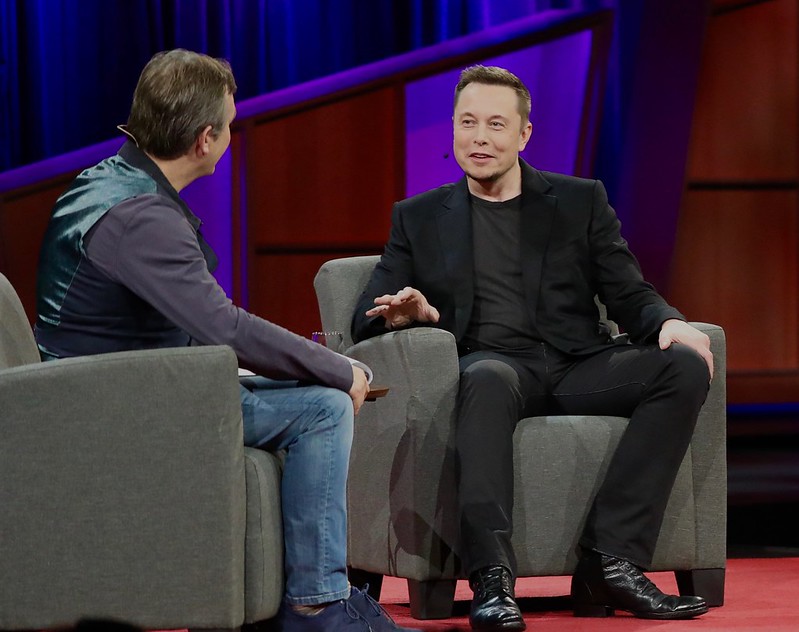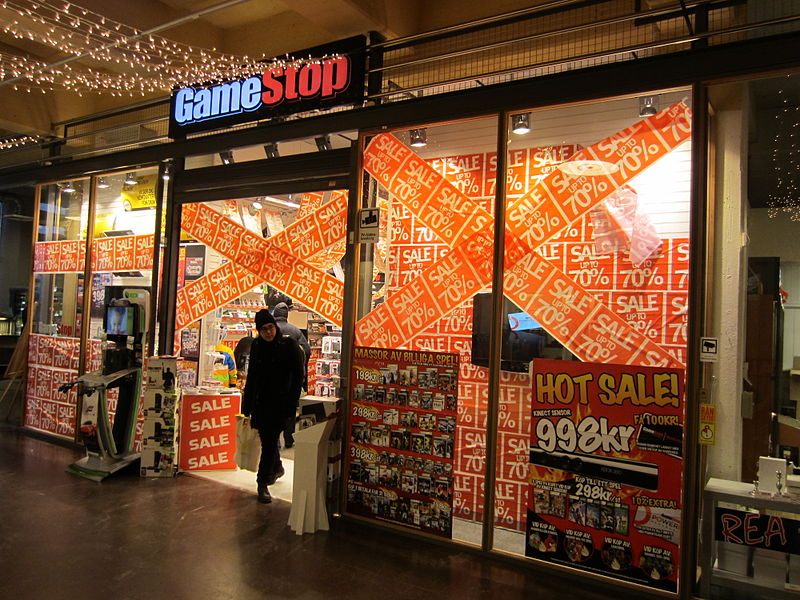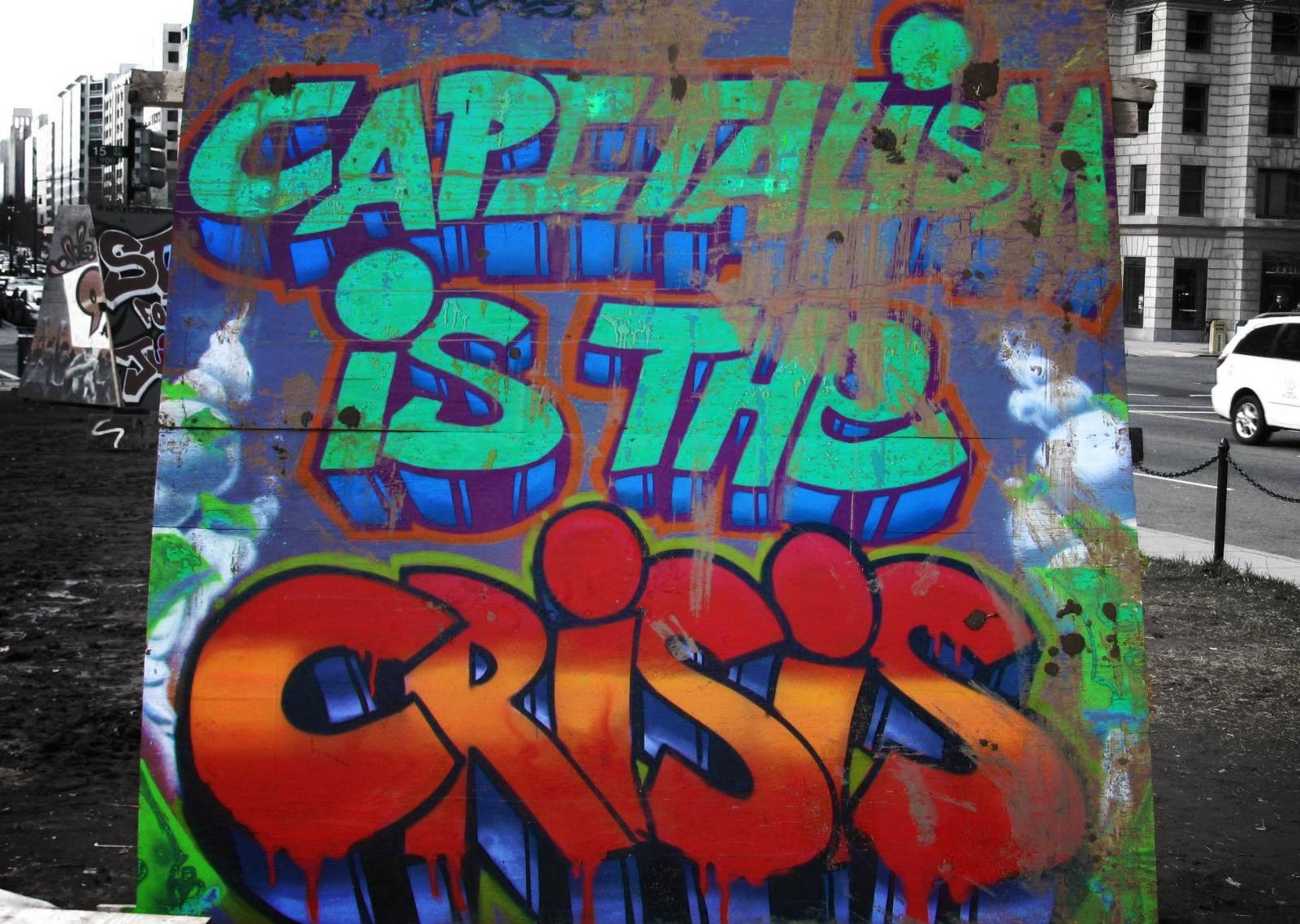In 2020, central banks responded to the outbreak of the crisis by pouring some $10 trillion of printed money into the economy. In what measured and responsible way did the markets react to such an unheard of cash injection? By engaging in an orgy of speculation without precedent in capitalism’s history!
As one investment manager told the Financial Times: “We think 2021 has earned its place in the books as the wildest and most speculative year in US stock market history, eclipsing even 1929 and 1999.” Another major hedge fund manager told the same newspaper: “The market has become a video game. It feels like Candy Crush.”
But this isn’t a mobile game app that developers have kindly designed to be so easy that every player is guaranteed to win every time. This is the world economy, and it has its own laws. And the speculators are being dealt a harsh reminder of the first law of speculation: “what goes up must come down!”
The making of a speculative orgy
Back in 2020, when faced with an unprecedented crisis, central banks around the world responded by opening the floodgates of cheap cash. Instead of splashing out on serious, real-world investments, the capitalists preferred to throw most of this free money at assets whose prices were spiralling upwards at astronomical speeds.
In the course of 2021, cryptocurrency markets increased in ‘value’ to $3 trillion – that’s a six-fold increase in the course of one year. We use the word ‘value’ with some caution, because these tokens are, of course, only valuable as a means of speculation.
 The mother of all speculative tech stocks belong to Tesla, Elon Musk’s electric vehicle company. Since the pandemic began, its value has ballooned to over $1.1 trillion / Image: Steve Jurvetson, Flickr
The mother of all speculative tech stocks belong to Tesla, Elon Musk’s electric vehicle company. Since the pandemic began, its value has ballooned to over $1.1 trillion / Image: Steve Jurvetson, Flickr
These aren’t the only worthless tokens that have suddenly found a ready source of buyers. 2021 was, of course, the year of the NFT – tokens that represent .jpg images of some of the ugliest ‘art’ ever produced. They can now be yours (the tokens, that is, not the art) for the price of a house or a luxury car. Many of our favourite celebrities are in on the act, buying and selling these bizarre ‘commodities’ – from Lionel Messi to Snoop Dogg and Eric Andre.
It’s utter madness, and it spells trouble for capitalism. These are merely the most bizarre symptoms of a torrent of speculation. The Financial Times has warned that “trillions of dollars are still sloshing around the financial system, desperately sniffing about for even the faintest whiff of potentially abundant returns.”
Under these circumstances, every investor is scrambling to find the ‘next big thing’ that promises some sort of long-term return. Tech stocks have therefore found themselves in the eye of this speculative storm. From March 2020 to January 2022, the tech-heavy S&P 500 index rose by 114%.
Tech companies, no matter how outlandish, have been gobbled up by investors on the mere promise that they will eventually bear some ‘market-disrupting’ fruit that will bring super-profits down the line.
In 2021, there were nearly 1,000 startups with an initial valuation of $1 billion or more, dubbed “unicorns” by investors – most of which produce absolutely nothing. This was a 69% increase on a year earlier. 44 of these “unicorns” were valued in excess of $10 billion.
The mother of all speculative tech stocks belong to Tesla, Elon Musk’s electric vehicle company. At the start of the pandemic, Tesla was valued at £100 billion. Since the pandemic began, its value has ballooned to over $1.1 trillion. By comparison, General Motors has one-tenth of Tesla’s value while producing ten times as many cars! One analyst humorously estimated that such a valuation would perhaps make sense if Tesla conquered an impressive 118% of the estimated electric vehicle market by 2030.
The end of an era
Since the start of 2022, it has become clear to investors that this insanity is going to have a very painful denouement.
Another consequence of the printing of cheap cash since 2020, has been to stoke inflation to levels without precedent in 40 years. Central banks have responded by announcing a spate of interest rate increases. The Federal Reserve in the United States has signalled its intention to raise interest rates four times or more this year, beginning in March, whilst also reeling in stimulus spending.
This news has sent prices of the most obviously speculative assets tumbling. The big investors have surmised that the era of cheap money is over. Indeed, it has been an entire era since the crisis of 2008, during which central banks have kept the printing presses running. After that crisis, investors became addicted to this apparently endless flow of cheap cash. Many came to imagine that the good times would never end, and governments would always forestall financial crises by throwing money at the market.
And as if to confirm this illusion, in 2020 central banks gave their addicted patient one last, enormous overdose of cheap cash… before withdrawing the drug entirely.
Now, bitcoin has dropped in value from a high of nearly $50,000 in November 2021 to nearly $25,000 in January. And the S&P 500 meanwhile fell by 10% last month. The big investors are beginning to rear up in fright. But whilst some investors are panicking and see that the writing is on the wall, others have doubled down on their speculative investments, which has perhaps prevented these assets from tumbling further… for now, at least.
To quote one market analyst from the Bank of America, “They’ve been conditioned like Pavlov’s dogs.” When the market dips, like clockwork, a mass of investors pile in to pick up bargains before the market lifts off again. And, indeed, that has been the pattern that markets have followed for an entire decade now.
But the markets kept soaring ever higher because of the cheap cash streaming in from central banks. That era of endless cheap money is drawing to a close.
Who wins when the music stops?
It hasn’t just been large investors who have engaged in this speculative frenzy. 2021 saw an enormous boom in so-called ‘retail investors’ – ordinary middle and working-class people hoping to jump on the bandwagon and make their fortune.
In 2020 and 2021, 15 million Americans downloaded trading apps. Meanwhile, 16% of Americans claimed to have bought cryptocurrencies. And this is not a phenomenon restricted to the United States. From Europe to the Philippines, millions have attempted to get in on it. In India, more than 18.7 million ‘demat accounts’ (‘dematerialised accounts’ used by small investors for trading) were set up from April to October 2021.
 It hasn’t just been large investors who have engaged in this speculative frenzy. 2021 saw an enormous boom in so-called ‘retail investors’ – ordinary middle and working-class people hoping to jump on the bandwagon and make their fortune / Image: Oxiq
It hasn’t just been large investors who have engaged in this speculative frenzy. 2021 saw an enormous boom in so-called ‘retail investors’ – ordinary middle and working-class people hoping to jump on the bandwagon and make their fortune / Image: Oxiq
The sums that these small investors are throwing into the maelstrom of speculation are miniscule compared to the big boys of Wall Street. But the sheer quantity of such investors adds up to enormous sums. We need only recall how one million small investors from reddit’s r/WallStreetBets managed to push the value of GameStop stocks to absurd highs at the start of 2021.
But the Wall Street giants are now pulling back and cashing out. Even Elon Musk has used all manner of subterfuges in the course of 2021 to sell Tesla stock. But Mr Musk also has a huge following of hundreds of thousands of small investors who hang off his every word on Twitter. They, and the multi-million strong army of small investors, stand to lose their life savings.
When the music stops, they will be left holding worthless cryptocurrencies, NFTs and ‘meme stocks’. Meanwhile, Wall Street will be left holding what the retail investors once called their life savings. Millions of middle and working-class people will be ruined. Musk’s hundreds of thousands of adoring fans will be spitting venom.
As the Financial Times explains:
“Alas, going back to the crash of 1929, one common feature of bull markets is that retail investors catch on too late. Today, they continue to buy even as corporate insiders are selling in record amounts…”
And, like the Wall Street Crash and the Great Depression that followed it, this madness in the world of economic fiction will have real-world political implications that are starting to give the ruling class cause for alarm:
“They represent not only a new cohort of investors but a new voting bloc, increasing the risk of populist backlash should one of the dips turn into another bear market.”
The ‘real economy’
The current speculative frenzy may yet drag out a little longer. Inevitably, however, it will end in tears. When it does, its impact – like that which followed the Wall Street Crash or the 2008 crisis – will be felt in the real economy.
In the casino that is modern capitalism, it is impossible to tell where the speculative madness ends and the real economy begins. No one really knows which tech startups have potential and which are a joke. Some of the assets that have suffered sell-offs in the past month are among the most obviously speculative. But there are trillions upon trillions of dollars of fictitious capital flowing all around the world economy, like poison through its veins.
As the monetary policy of the Fed is tightened to combat inflation, it won’t just be ‘meme stocks’ that will be left reeling. Almost every stock and asset type has been drawn into the speculative madness. A generalised crash in the stock market could ripple out around the financial system, leading to a new financial crisis on the scale of 1929 or 2008.
The recent editorial of The Economist magazine asked, “What would happen if financial markets crashed?” In it, the editors attempted to weigh up the chances that the inevitable, impending crash could trigger such a financial crisis. They tried to soothe their readers’ nerves by pointing to the fact that, in the post-2008 period, rules were passed to ensure banks and other financial institutions remained more financially robust. But the same editorial also nervously noted that there has been an explosion of unregulated ‘shadow banking’, as the capitalists have tried to simply bypass such vain attempts to regulate the market.
All of this is on top of the host of other tailwinds that the world economy faces. As well as the threat of a stock market crash and financial crisis; China is facing something reminiscent of the subprime mortgage crisis in the real estate sector; chaos continues to reign in supply chains; and instability could come from a thousand other unforeseeable avenues: from new variants of COVID-19 to wars and social unrest.
Is this the picture of a system glowing with health and life? Far from it. Capitalism today is a convulsive system whose delirious, frenzied ‘recoveries’ – marked by inflation, supply chain chaos and speculation – prepare the way for new, sharp collapses that cause the entire system to seize up.
Tinkering reformists imagine that by supporting capitalism through state subsidies they can smooth over the worst of these crises and “support manufacturers” to invest. Today we see the bankruptcy of these ‘solutions’. The system is absolutely awash with trillions of dollars of cash that governments have thrown at corporations. But instead of productive investment, we see an orgy of speculation, whilst the basic needs of billions of human beings continue to go unmet.
Capitalism has clearly outlived itself. It must be buried – overthrown and replaced with a rational, socialist system in which the resources of our planet are allocated in such a way as to best serve the needs of humanity and our planet.

